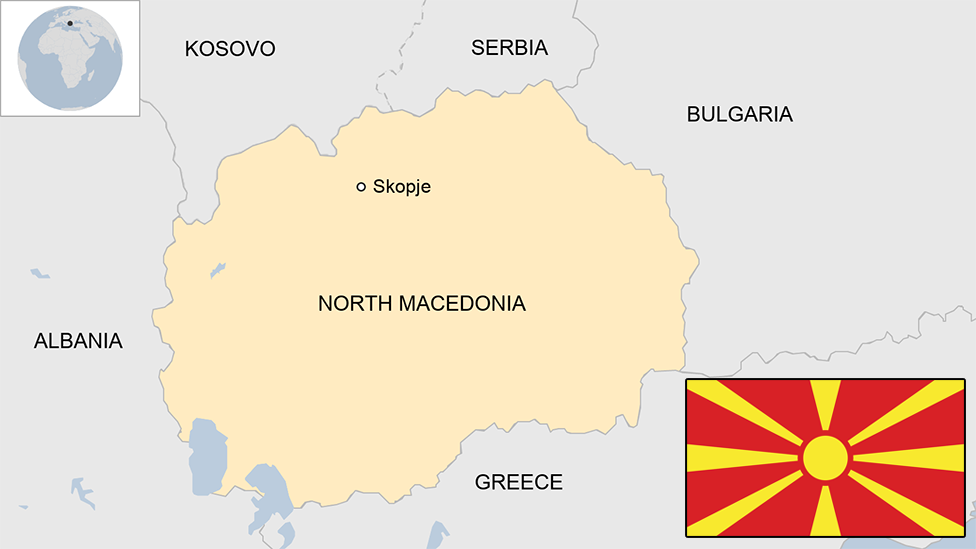Montenegro country profile
- Published
This page is no longer being updated. It was last updated on 22 May 2023
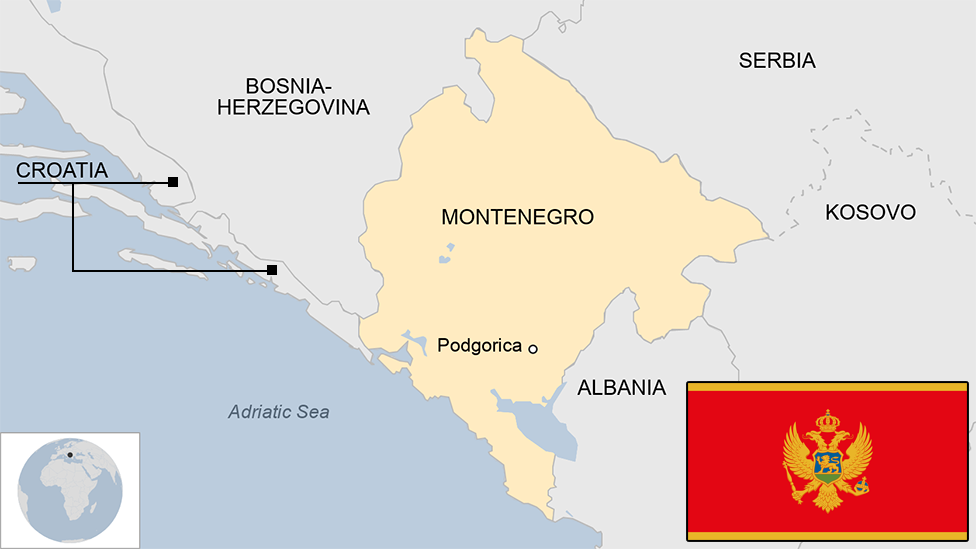
Montenegro emerged as a sovereign state after just over 55% of the population opted for independence in a May 2006 referendum.
The vote heralded the end of the former Union of Serbia and Montenegro - itself created only three years earlier out of the remnant of the former Yugoslavia.
The EU-brokered deal forming it was intended to stabilise the region by settling Montenegrin demands for independence from Serbia and preventing further changes to Balkan borders.
The same deal also contained the seeds of the union's dissolution. It stipulated that after three years the two republics could hold referendums on whether to keep or scrap it. Montenegro opted for the latter.
Montenegro, which means "Black Mountain", borders Croatia, Bosnia, Serbia, Serbia's breakaway province of Kosovo and Albania. About half of it is covered in thick forest.
The tiny republic encompasses an Adriatic coastline, lowlands and high mountain ranges. The Tara River canyon is the deepest and longest in Europe.
Read more country profiles, external - Profiles by BBC Monitoring, external
REPUBLIC OF MONTENEGRO: FACTS
Capital: Podgorica
Area: 13,812 sq km
Population: 620,700
Languages: Montenegrin, plus Albanian, Bosnian, Croatian, Serbian
Life expectancy: 73 years (men) 78 years (women)
LEADERS
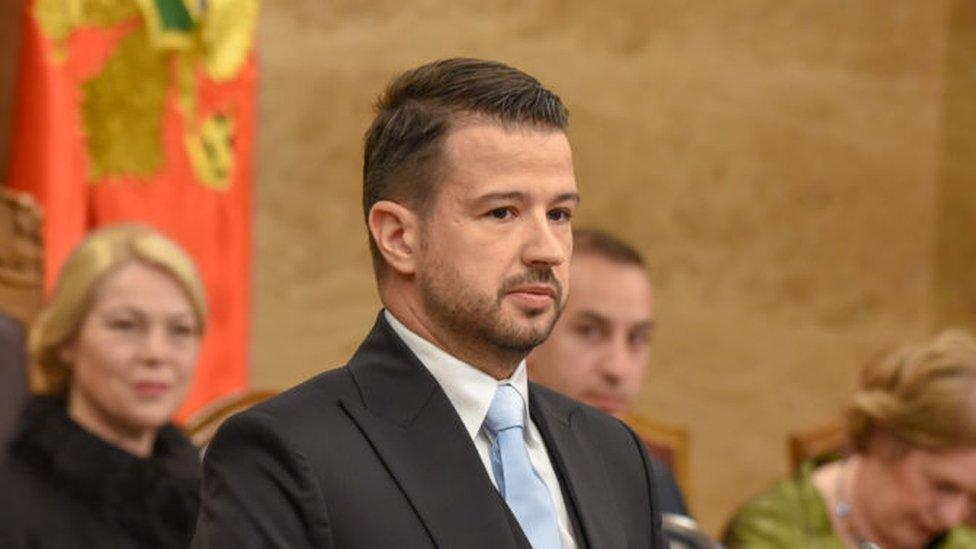
President: Jakov Mliatovic
Montenegro's former economy minister Jakov Milatovic won the second round of presidential elections in April 2023, defeating long-standing incumbent Milo Djukanovic, who dominated Montenegrin politics for over 30 years.
Milatovic, the deputy head of the Europe Now movement, campaigned on ending corruption, boosting living standards and improving links with the EU and fellow former Yugoslav republic Serbia.
He supports the accession of Montenegro to the European Union and advocates closer relations between Montenegro and Serbia. Milatovic supports sanctioning Russia due to its invasion of Ukraine.
Prime minister: Dritan Abazovic
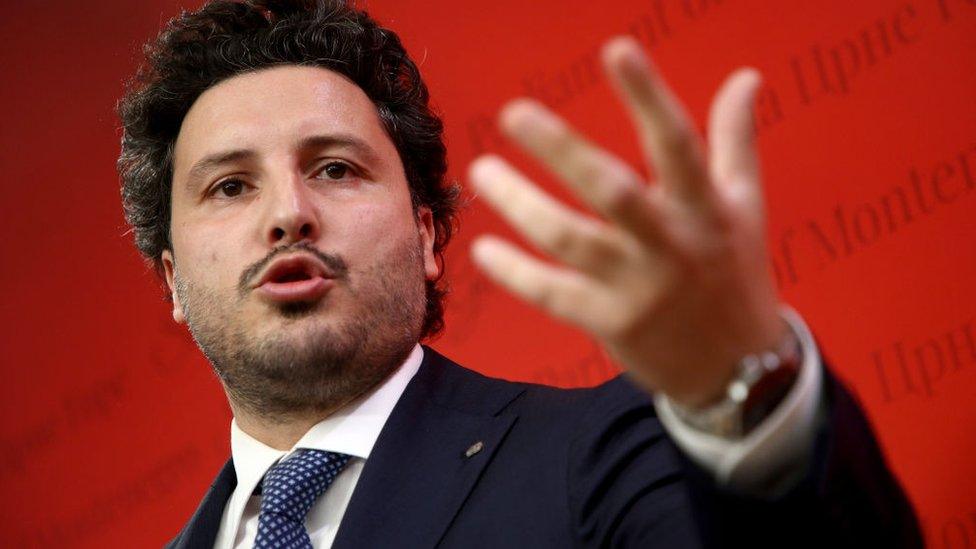
Dritan Abazovic took over as prime minister of Montenegro in April 2022. He heads the United Reform Action party and previously served as deputy prime minister in the cabinet of Zdravko Krivokapic from 2020 until 2022.
He was the first ethnic Albanian to serve as prime minister of Montenegro.
The new government comprised a broad coalition of pro-European and pro-Serb parties. Abazovic said the government's main focus was on reforms required by the EU so that Montenegro can ask to speed up its accession process, and the fight against corruption.
In August 2022, parliament passed a motion of no confidence in his government. He remains in power as a caretaker prime minister pending the formation of a new government.
MEDIA
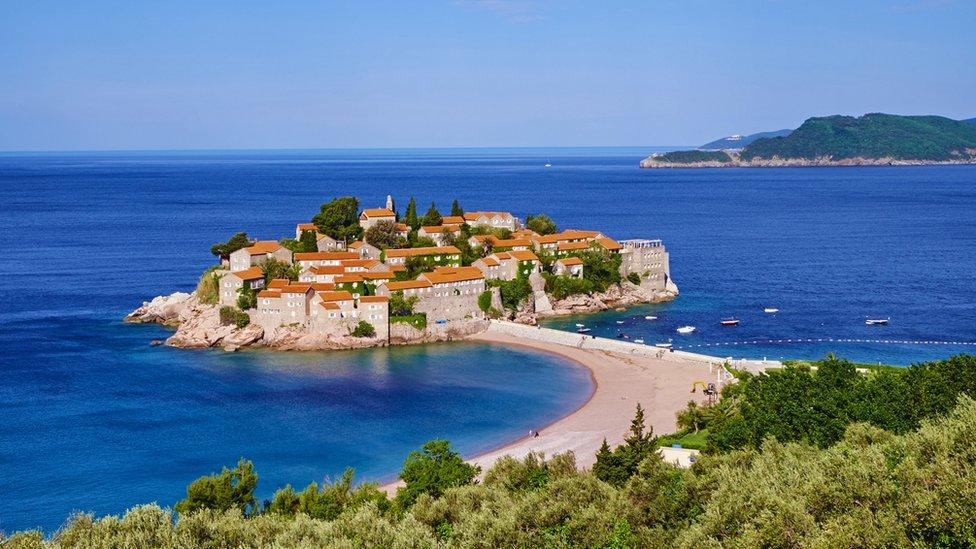
Montenegro has a diverse media environment
Newspapers, the public broadcaster RTCG and commercial TVs and radios operate in a crowded media market.
Outlets from neighbouring Serbia, Bosnia and Croatia operate in the country.
TIMELINE
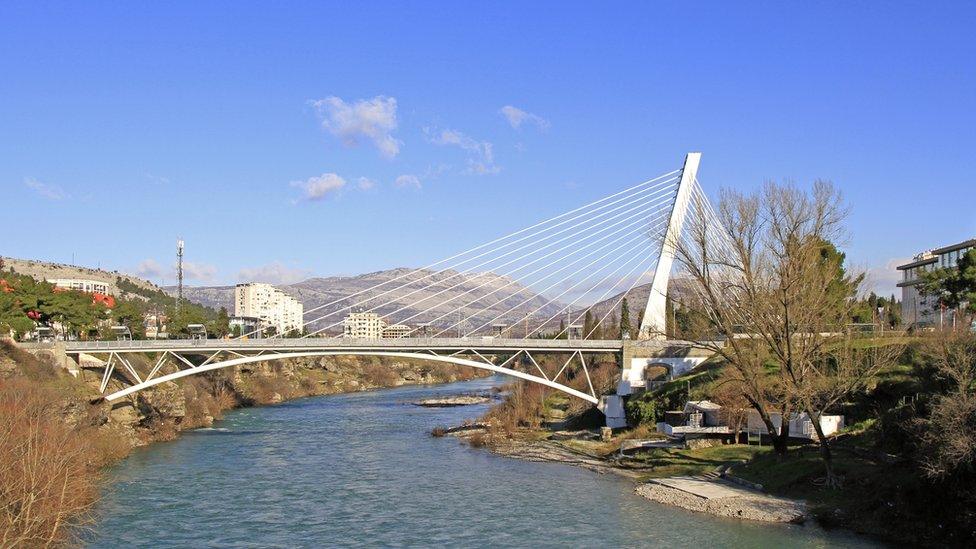
The Millennium bridge in Montenegro's capital, Podgorica
Some key dates in Montenegro's history:
15th-18th Centuries - Montenegro retains substantial measure of autonomy from Ottoman Empire.
1798 - Montenegro acknowledged as independent principality.
1878 - Montenegrin independence recognised under international treaties.
1918 - Following World War One, Montenegro becomes part of Kingdom of Serbs, Croats and Slovenes.
1929 - Kingdom of Serbs, Croats and Slovenes renamed Kingdom of Yugoslavia.
1945 - Together with Serbia, Slovenia, Macedonia, Croatia and Bosnia, Montenegro becomes one of republics in new Socialist Federal Republic of Yugoslavia under Josip Broz Tito.
1980 - Tito dies.
1991 - Milo Djukanovic becomes Montenegrin prime minister.
Montenegro supports union with Serbia as Slovenia, Macedonia, Croatia and Bosnia break away.
1992 - Montenegro joins Serbia in Federal Republic of Yugoslavia.
Rising nationalist and independence aspirations bring bloody conflict with Croats and Bosnian Muslims.
UN imposes sanctions on Federal Republic of Yugoslavia.
1997 - Milo Djukanovic defeats pro-Milosevic candidate in Montenegrin presidential election.
1999 - Milo Djukanovic declares Montenegro not a party to the conflict over Kosovo as Serbian President Milosevic's actions there spark Nato air strikes.
Montenegro abandons dinar in favour of German deutschemark.
2000 - Milosevic ousted by pro-Western reformers in Belgrade. Montenegrin leadership becomes increasingly independence-minded.
2002 - Montenegro adopts euro as its currency.
2002 - Yugoslav, Montenegrin and Serbian leaders sign EU mediated accord to set up new state, to be called Serbia and Montenegro, in place of Yugoslavia.
2006 - Montenegro holds an independence referendum. Just over the required 55% of voters say yes. Becomes the 192nd member of the UN.
2007 - Montenegro admitted to IMF and World Bank.
2008 - Montenegro recognises Kosovo's self-declared independence. Applies for EU membership.
2013 - The European Parliament says that Montenegro is on track to achieve EU membership, but calls on it to do more to protect media freedom, women's rights and gender equality.
2016 - Government accuses Russian-backed forces of coup attempt on eve of parliamentary elections.
2017 - Montenegro joins Nato, upsetting Russia, its traditional ally.
2020 - Freedom House marks Montenegro as a hybrid regime rather than a democracy because of declining standards in governance, justice, elections and media freedom.
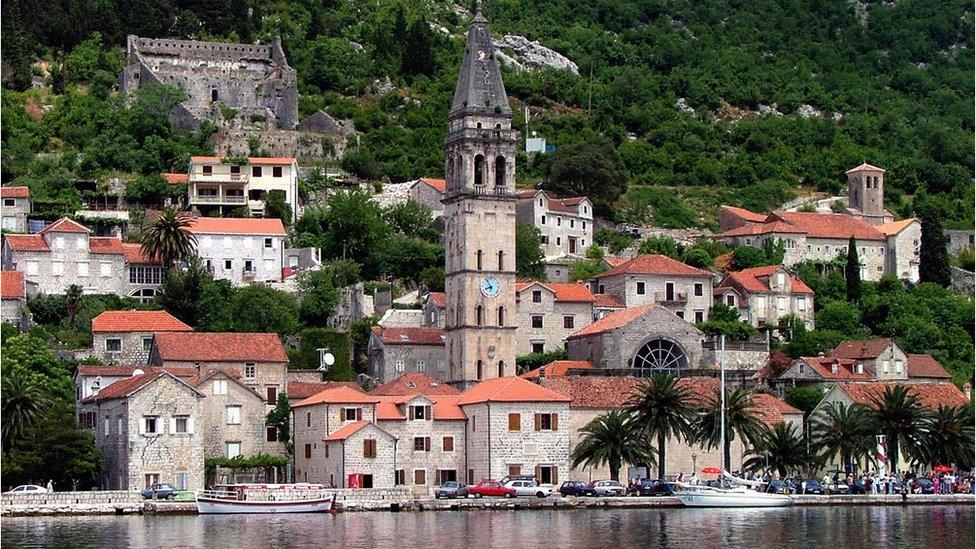
Montenegro regained its independence as a sovereign state in 2006
Related topics
- Published28 June 2023
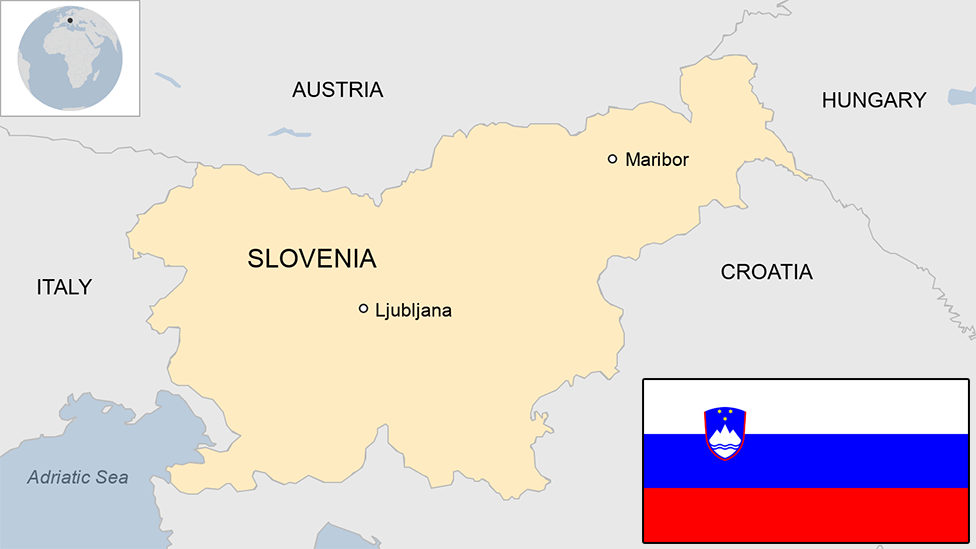
- Published7 February
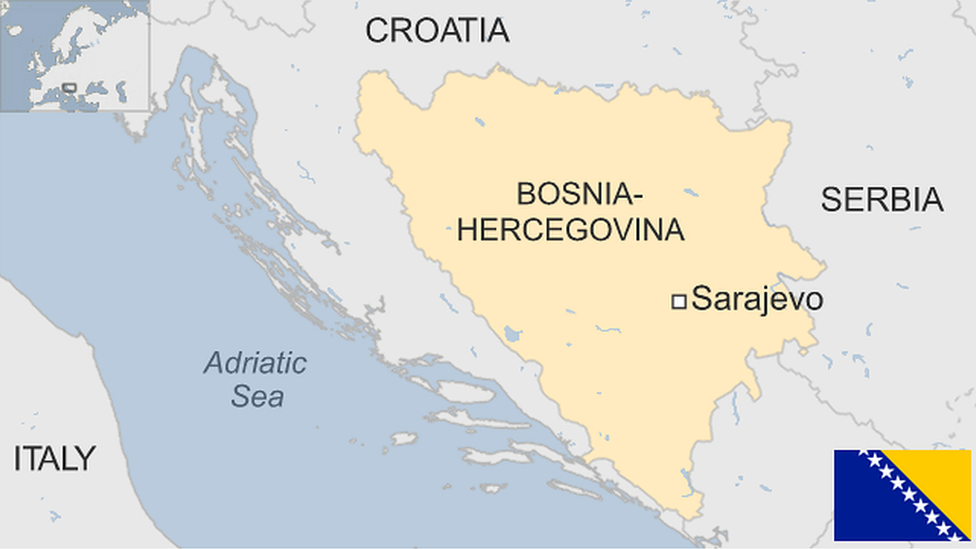
- Published13 January
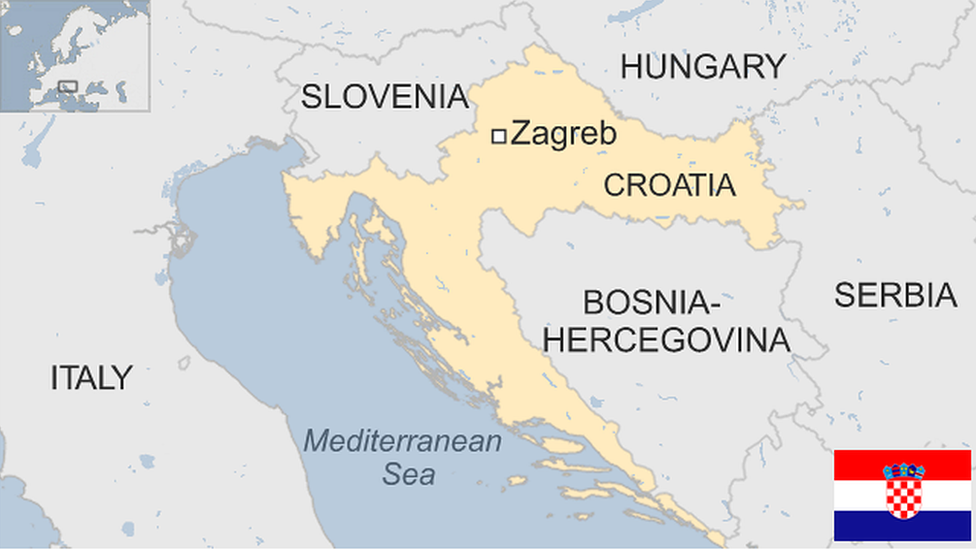
- Published28 January
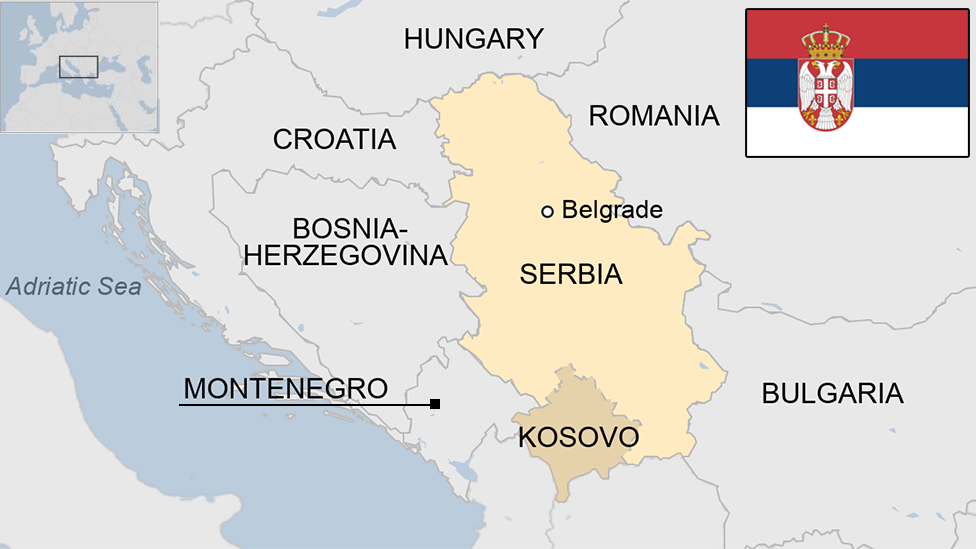
- Published28 June 2023
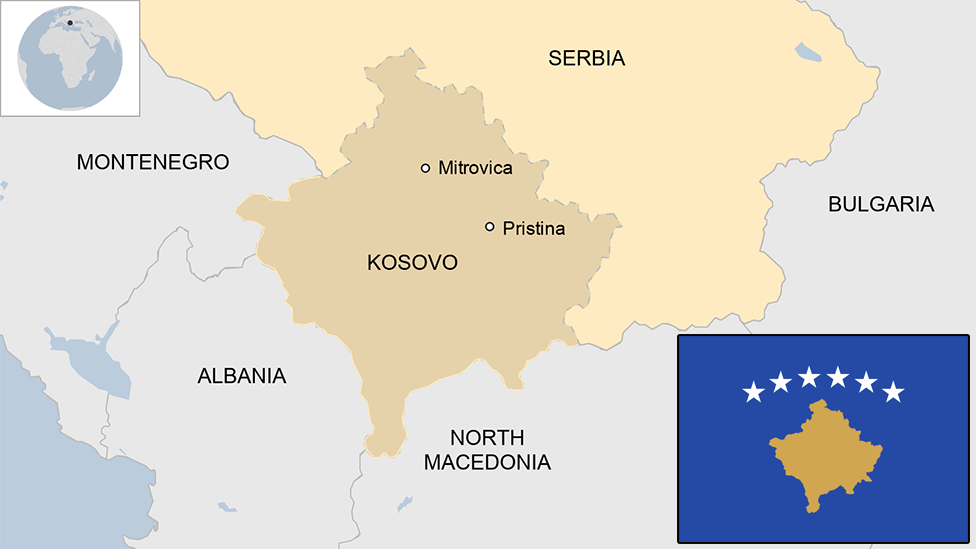
- Published10 June 2024
